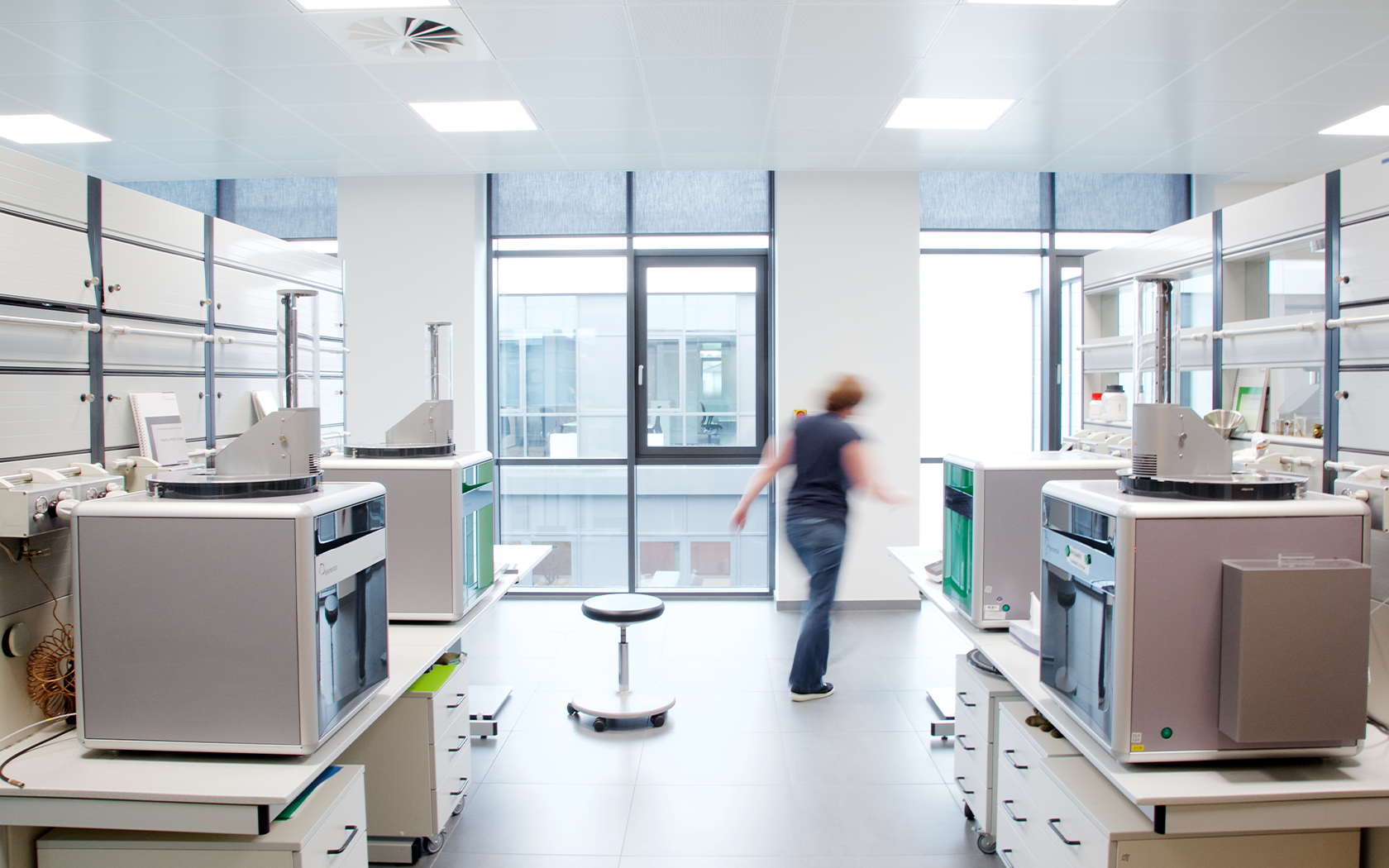February 11th is the International Day for Women and Girls in Science. According to UNESCO statistics, women make up less than 30 per cent of those working in research and development.
There are programs and initiatives all over the world that promote women in scientific fields, introduce them at an early age and get them interested in exciting scientific projects," says Dr. Sarina Berger, chemist and application specialist at Elementar. As a mentor, she supports girls at school in choosing a career in natural science to break down hurdles.
"At the beginning, you often don't even know where a chemistry degree can lead, what opportunities it can open up. For herself, it was clear from the beginning: "I'm either going to be a patissiers or a chemist," she says laughing. Both involve recipes, reactions, and compounds. She decided to study chemistry, did her PhD and now works as an application specialist in the laboratory.
Sabine Kraus and Almut Loos, also application specialists at Elementar, know that it is not taken for granted that will start a career in scientific professions. They completed their training as physics and chemistry laboratory assistants many years ago. "The proportion of women in the laboratory was and still is high," they say. Nevertheless, women are still traditionally underrepresented in management positions in scientific professions.
To draw attention to gender equality in the so-called MINT subjects (mathematics, information technology, natural sciences and technology), UNESCO has dedicated 11 February to women in science and proclaimed it the "International Day for Women and Girls in Science". Numerous events will bring women scientists, young people and experts together with decision-makers to discuss strengthening the role of women and girls in science.
